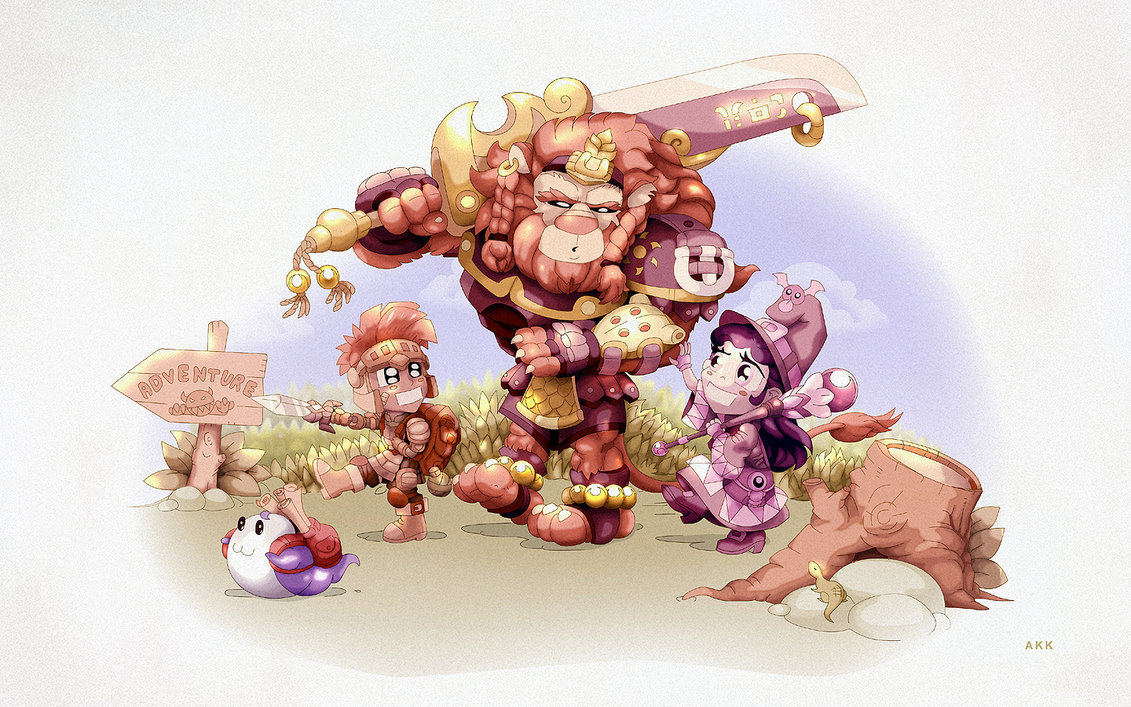Most of us have had that point in a game where a set of characters work together for longer than a single campaign. Usually a character will have a motive for solving the problem at hand, ranging from the greater good to cash payments to he stole my ice cream. These motivations give the characters common goal, so they put up with conflicting ethics and morals as they work together. But what happens when that campaign ends? Naturally the characters might go their separate ways but the players are enjoying the game and so wish to continue.
My experience of this has varied with the players, the setting and the characters. My long running Star Wars D20 group mostly seems to avoid the issue by flagging any action we do as towards the fall of the empire, with each character having their own reason as to why their pursuing that goal. What we’ve never addressed is why the characters want to work with each other as other than their goals they have little in common. The best we’ve come up with is that after 3 years of in game time (and a lot of time in hyperspace) our characters actually like each other.
In other games I’ve had, particularly a very complicated Aberrant game, it was never properly addressed why our group of very conflicting characters would ever chose to work together. Which brings me to my first suggestion on this: don’t let them chose. This can come in a couple of flavours – employment and enslavement. I’ve used both and generally I think employment works better. The characters are working together because they work for the same organisation, be it a mercenary company, a spy agency or a law enforcement detail. In addition to giving the GM a handy vehicle for starting adventures and dealing out plot hooks via their direct line manager, it clearly tells the players and characters why they’re a group. Provided of course that some thought has been put into why the character signed up.
Enslavement I’ve tried once and only as a method to bring about the suggestion I have next. I bound the players together by all of them owing a debt to a powerful lord. That lord wouldn’t let them off planet until they’ve completed a set of tasks for him. Unsurprisingly, the more free spirited characters chafed against this and I got a few grumbles from the players. No one likes their free will be taken away from them, least of all creative types. Whilst it was effective in the setting, it can smell too badly of railroading if mishandled.
The intent I had from the enslavement was to give the party a reason to work together. By having them realise that whilst they’re not friendly towards each other, they would form a good crew for the ship they were able to purchase at the end their sentence. In this regard it went well as the players engaged in-character and formed in-character friendships. This is my favourite way to form a cohesive long term group. Not least because as a GM, I can get a lot of storytelling out of testing those friendships.
A good alternative to in-character friendships is in-character persuasion. If the rogue won’t go with the party to rescue the princess, then having an in-character conversation will not only keep the group together but flesh out the characters and how they work together. This doesn’t end with player-player interaction. A GM should, when creating plot hooks and adventures, pay careful heed to the characters and make sure that there’s someway to entice them all.
We all want to go on the adventure. Seems a shame to have to drag our characters along as well.
Image Credit – Adventurer by AKK Studio (all rights reserved by artist)

